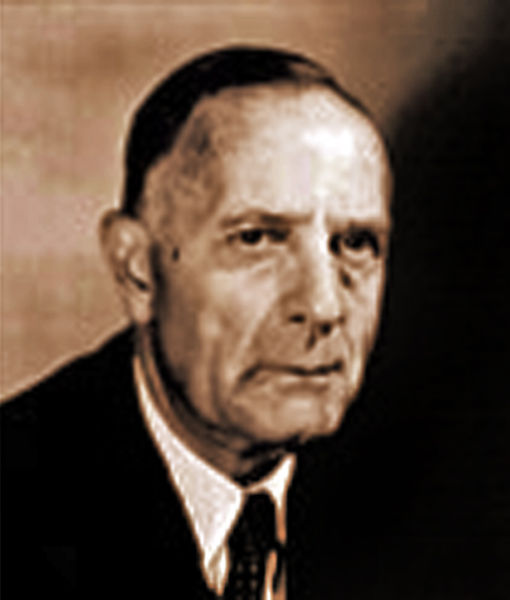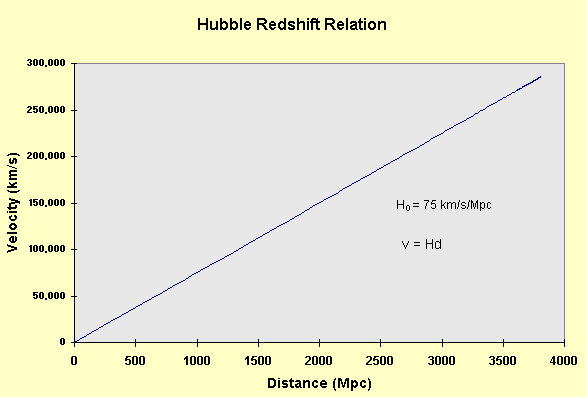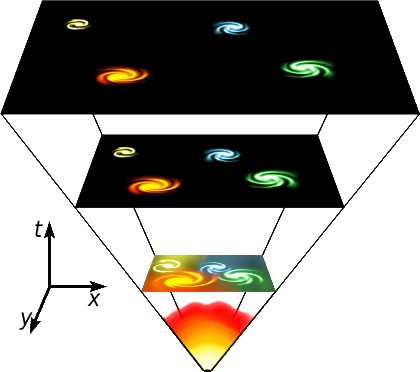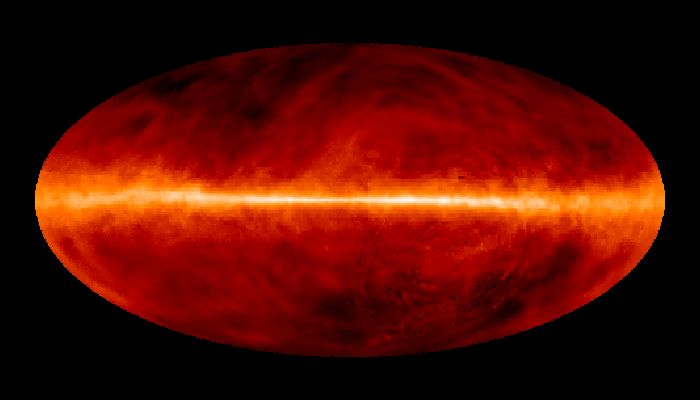EXPLORE: The Big Bang (BrainPop)
| Site: | Mountain Heights Academy OER |
| Course: | Earth Science Q1 |
| Book: | EXPLORE: The Big Bang (BrainPop) |
| Printed by: | Guest user |
| Date: | Saturday, 26 July 2025, 2:25 PM |
Description
This book will explain the expansion of the universe, and how it led to the Big Bang Theory. It will also describe what happened and what the universe was like right after the Big Bang.
1. Edwin Hubble

One of the astronomers who's observations contributed to the theory of the Big Bang was Edwin Hubble. He discovered that the “Andromeda Nebula” is actually over 2 million light years away—many times farther than the farthest distances we had measured before. He used the 100-inch reflecting telescope at the Mount Wilson Observatory in California to show that some distant specks of light seen through telescopes are actually other galaxies. He also measured these distances to hundreds of galaxies, and discovered that the universe is expanding. His data would eventually show us how the universe is changing, and even give us clues as to how the universe formed.
Hubble combined his measurements of the distances to galaxies with other astronomers' measurements about redshift (the movement of stars and galaxies away from us). He noticed a relationship, which is now called Hubble's Law.
Hubble's law states: the farther away a galaxy is, the faster it is moving away from us. In other words, the universe is expanding!
You can see an Example of Hubble's Law on the graph below. The X-axis shows distance and the Y-axis shows velocity. You'll notice that the galaxies that are farthest away in distance are traveling at the highest velocity.

Graph showing that galaxies farther away are moving faster.
Source
David Bethel
http://ck12.org/flexr/assemble/?fid=732 (CC BY-SA)
Picture of Edwin Hubble. Photo courtesy of Wikimedia.
Graph courtesy of NASA/MSU. Public domain.
2. The Expanding Universe
The picture below shows a simplified diagram of the expansion of the universe. Another way to picture this is to imagine a balloon covered with tiny dots. Each dot represents a galaxy. When you inflate the balloon, the dots slowly move away from each other because the rubber stretches in the space between them. If it was a giant balloon and you were standing on one of the dots, you would see the other dots moving away from you. Not only that, but dots farther away from you on the balloon would move away faster than dots nearby.

The above is a simplified diagram of the expansion of the universe over time. Note that the distance between galaxies gets bigger as you go forward in time, but the size of each galaxy stays about the same.
An inflating balloon is not exactly like the expanding universe. For one thing, the surface of a balloon has only two dimensions, while space has three dimensions. But it is true that space itself is stretching out between galaxies like the rubber stretches when a balloon is inflated. This stretching of space, which causes the distance between galaxies to increase, is what astronomers mean by the expansion of the universe.
One other difference between the universe and our balloon model involves the actual size of the galaxies. On the inflating balloon, the dots you made will become larger in size as you inflate it. In our universe, however, the galaxies stay the same size; it is just the space between the galaxies that increases as the universe expands.
Photo courtesy of David Bethel.
http://ck12.org/flexr/assemble/?fid=732 (CC BY-SA)
http://btc.montana.edu/ceres/html/Universe/uni1.html (fair use)
3. Big Bang (BrainPop)

A cluster of galaxies. Taken by the Hubble telescope. Image courtesy of rmforall@comcast.net/Flickr. Public domain.
The discovery that the universe is expanding told astronomers something about how the universe might have formed. Before this discovery, there were many ideas about the universe, most of them thinking of the universe as constant. Once scientists learned that the universe is expanding, the next logical thought is that at one time it had to have been smaller. The Big Bang Theory was proposed by Lemaitre in 1927 and quickly confirmed by Hubble's discovery of the red shift in 1929.
The Big Bang Theory is the most widely accepted scientific explanation of how the universe formed. This theory posits that the universe emerged from an enormously dense and hot state 13.7 billion years ago. The Big Bang Theory is based on Hubble's law redshift of distant galaxies. The redshift gives the speed that objects are moving away from us and this basically measures the current rate of expansion of the universe. That expansion rate is used to calculate back to a time the universe was in one spot and began expanding. The age of the universe depends on an accurate measure of our current rate of expansion; the currently accepted value is a speed 65 kilometers per second per Megaparsec. Extrapolated into the past, these observations show how the Universe has expanded from a state in which all matter and energy in the Universe was at an immense temperature and density and squeezed into a very small volume.
GA Virtual Learning Shared Content Terms of Use
By viewing or downloading content from this page, the school/user agrees to the terms and conditions of the End User Licensing Agreement. To view the agreement, click here.
4. After the Big Bang

Map of hydrogen concentration in the Milky Way galaxy made by radio telescope. Picture courtesy of NASA. Public domain.
At the beginning, before the Big Bang, all the matter and energy in the universe was located in a single, densely-packed space (called a singularity). At the moment of the Big Bang all of that matter and energy began to expand. The universe at the time was extremely hot and dense(estimates are about 1012 degrees Kelvin). As the universe expanded, temperatures cooled, allowing for the formation of protons, neutrons and electrons. After a few minutes, the nuclei of atoms could form. It was not until about 380,000 years after the big bang that neutral atoms formed. The oldest radiation (light) in the universe, called the cosmic microwave background, also originated approximately 380,000 years after the big bang. The Wilkinson Anisotropy Probe (WMAP) has produced a detailed picture of how the early universe looked (you'll learn more about cosmic microwave background radiation next week). The first elements formed after the Big Bang were likely hydrogen and helium, because they are the simplest elements (least number of protons and neutrons in the atoms' nuclei). For a very long time, these elements were the only ones to exist in the entire universe.
As the universe grew older, it began to cool down. When the universe was about 700,000 years old it was cool enough for electrons to attach to the H and He nuclei, so heavier elements could form. The matter in the early universe was not smoothly distributed across space. Some parts of the universe were denser than others. These clumps of matter were held closely together by gravity. Eventually, matter in the universe became organized into stars, galaxies, planets, and other structures that we see in the universe today.